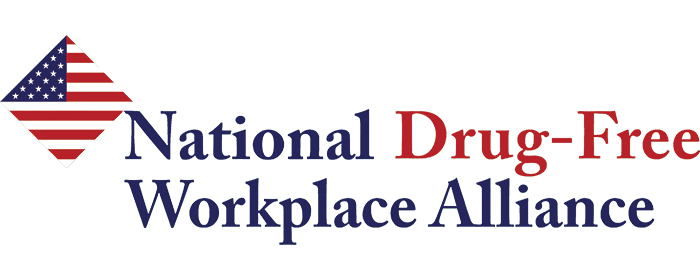Data from the Quest Diagnostics 2022 Drug Testing Index (DTI) has shown that positive workplace drug tests have continued to escalate. This increase mirrors results of other national surveys, such as the U.S. National Survey on Drug Use and Health, that indicate the overall use of drugs increased last year. The DTI findings revealed that the level of positive drug tests was up 4.6% for 2021 versus 4.4% the prior year. This overall number is up more that 30% from the historic low of 3.5% in their 2010-2012 analysis.
With fewer available workers seeking jobs, some employers are making a choice to eliminate pre-employment testing, random testing, marijuana testing only, or all drug testing in an effort to entice prospective applicants who wouldn’t have met their threshold in the past. Marijuana drug test positivity is also climbing with more than a 50% increase in over a 5-year period for the general U.S workforce.
Most employers know that there is an association between marijuana use and increased risk of accidents and injury. According to one study that looked at the efficacy of pre-employment screening for specific drugs, it was found that “employees who tested positive for marijuana on a pre-employment urine drug test had 55% more industrial accidents, 85% more injuries, and 75% greater absenteeism compared with those who tested negative for marijuana use.”
An increase in illicit drug availability has been seen over the past decade but its use escalated significantly during the pandemic. The upsurge has been driven by the opioid epidemic and subsequent fentanyl crisis and also the legalization, commercialization, and decriminalization of marijuana in states across the country.
What impact could elimination of drug testing have on an employer?
• Less drug testing means that there will be more impaired workers on the job resulting in more frequent accidents involving property damage or personal injury.
• A decrease in drug testing means that workplace will be an employer of choice for those who use substances.
• Increased risk and liability exposure from more accidents means that the cost of insurance will go up.
• Since persons who use illicit drugs are known to have a greater utilization of medical benefits, the cost of company health insurance will rise.
• There may be an increase in absenteeism and presenteeism resulting in greater workloads for employees who do not use substances prompting a decrease in morale and perhaps a decrease in production quality.
• A lack of drug testing and an increase in substance use in the workplace may increase stigma of substance use and make those workplaces “unfriendly” to people in recovery.
• Addiction will further contribute to decreased productivity and increase the cost of doing business.
• Eliminating drug testing removes one of the accountability aspects from the drug free workplace program and eliminates the opportunity for workers who use illicit drugs from an opportunity to access treatment.
What can an employer do to address this conundrum?
It is suggested that employers maintain a comprehensive drug free workplace program with drug testing of all substances in compliance with state and local law and have a legal advisor review their policy and related procedures.
Additionally, employers should annually educate and remind all employees on the provisions of the company drug free workplace program including the policy, procedures, overall expectations, and stigma.
Supervisors, should engage in additional training regarding their responsibilities to the drug free workplace program, identifying the physical signs and symptoms of impairment, how to document a reasonable suspicion of impairment, how to refer an employee for a for a drug test and for assistance, and the return to work process.
Employers should consider implementing a recovery-friendly workplace that will embrace valuable workers that need help, reduce stigma, support all workers and their families that are experiencing a substance use issue, and open the door for a category of workers who are in recovery and eager to work and be productive.
Key take-away
Now, more than ever, employers need to be diligent to get the full benefit from their drug free workplace program. Utilizing all of the components of a drug free workplace including drug testing, can do this. Finally, they also need to remain vigilant about changes to federal, state, and local law that may impact their program.





